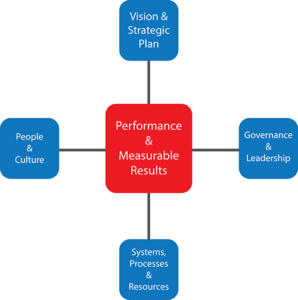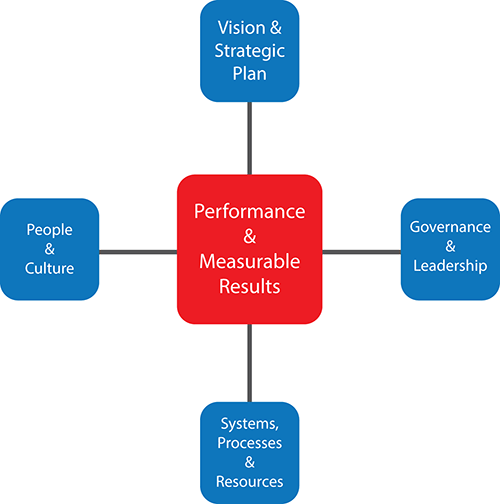
Business lessons from the Serengeti
April 5, 2019Hope is not a strategy to grow your business
Growth requires a proactive, strategic approach of planning and investment
If you want your garden and plants to grow to be strong and healthy, you don’t just plant them and hope. You give them water, fertilise the soil, spend time and effort helping them to grow. Same in business and in our careers, it is just as critical to invest resources and time into personal and business growth.
It’s no accident that companies like Coca Cola, McDonalds, Woolies and Coles spend enormous amounts on growth. In Australia, the major supermarkets spend between $50M-$100M each on advertising budgets, in addition to being heavily resourced in sales and marketing teams. Globally, Coca Cola spends over $3.5B on marketing and advertising alone, in the last 30 years, Coca Cola has increased its market cap 20-fold and is now worth around $195B. It works, growth needs investment.
You can’t save your way to growth
Sales & Marketing budgets are the easiest variable costs to cut during tough times. Bad call! Cutting marketing spend during a recession hasn’t been shown to make companies any more profitable. In fact, reductions in marketing investment have actively hurt companies in the past.
Buchen Advertising’s research into data from the 1949, 1954, 1958, and 1961 recessions concluded that companies that advertised less during those periods not only saw fewer sales and lower profits, they also experienced less growth than their competitors in the years after the recessions. Data from the 2008 recession also indicates that companies had a hard time regaining their market share after that one as well.
McGraw-Hill Research’s into the 1985 recession found that companies that either maintained or increased their marketing budgets during that time experienced a 256 percent increase in sales versus companies that cut their budgets.
And finally, a 1990 study from the WPP Group’s Centre for R&D, companies that increased their marketing spending by 20 to 100 percent saw an average gain of 0.9 percent of the market share, while those that cut spending only gained 0.2 percent of the market share.
Of course, sometimes, savings do need to be found to fund the investment in growth, but there is undisputed evidence that you simply cannot save your way to growth.
Hope is not a strategy to grow your business
Growth takes planning and investment, it will not happen unless it is planned, funded and resourced. Exactly how and where to invest will depend on the business, industry and circumstances, but will undoubtedly include some or all of the following:
• Building a pipeline, a sales funnel
• Expanding the sales team, in numbers and/or skills development and/or geographical expansion
• Researching the market/competitors
• Investment in customer retention, loyalty and advocacy
• Customer analytics and segmentation, CRM, management reporting and other systems and processes
• Advertising and marketing
• Channel development and/or product development
• Strategic collaborations and partnerships, mergers and acquisition focus
A growth plan is essential.
Whichever growth strategies you put in place should be driven by appropriate planning, resourcing and investment, and most importantly – KPI’s, targets and measures.





